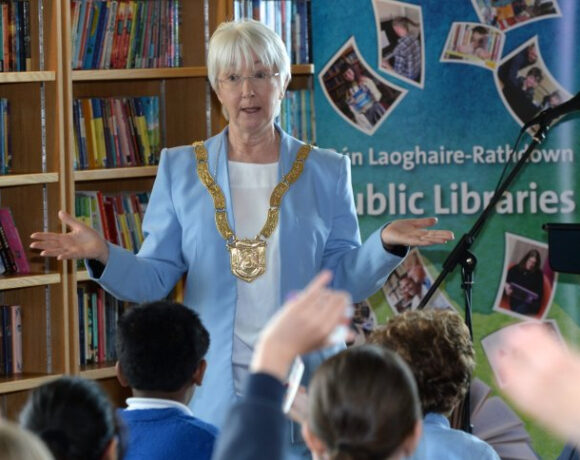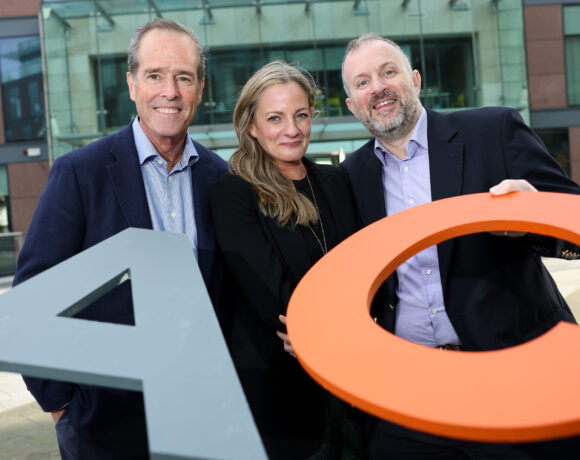The government has approved Ireland’s first Clean Air Strategy. This strategy identifies and promotes the coordinated measures needed – across government – to reduce air pollution and promote cleaner ambient air to save lives, make our towns and cities more liveable and improve our environment.
The strategy commits Ireland to achieving the new WHO (World Health Organisation) guideline values for air quality by 2040, with progress to be measured against interim targets by 2026 and 2030.
At the moment, air pollution in Ireland is estimated to cause 1,300-1,400 premature deaths every year – ten times the number of people who die on our roads. Illnesses impacted or exacerbated by air pollution include stroke, heart disease, lung disease, lung cancer, asthma and dementia. More recent evidence indicates that the health impacts of air pollution are even wider ranging than previously thought, with links to cognitive development and mental health.
These negative health impacts come at a cost, both personally and economically. In addition to premature deaths, air pollution causes absence from work, reduced productivity, higher spending on medicines, and increased hospital admissions.
Air pollution also has a range of impacts on our environment, including on biodiversity, water quality and wider ecosystems services.
Launching the strategy, Minister for the Environment, Climate and Communications Eamon Ryan said, “there are no safe levels of air pollution. Clean air is central to our wellbeing, and particularly the wellbeing of the most vulnerable – children, older people or people who may be medically compromised. It is also critical to our wider environment with benefits for our communities, our habitats and our wildlife. While we are fortunate that our air quality is generally good, we have pockets and times when it is not acceptable and it is still estimated that up to 1,400 people die prematurely each year in Ireland due to air pollution. We are committed to addressing this critical public health and environmental challenge.”
“There is an intrinsic link between clean air and climate. Many of the sources of air pollution are also sources of CO2 emissions. The new Clean Air Strategy includes a range of measures aimed at addressing these overlapping issues, like electrifying our heat systems and improving the energy efficiency of our homes or moving towards more electric vehicles and away from dirty and polluting fossil fuels, for example. There is a clear correlation between the actions needed to lower air pollution and those needed to reduce greenhouse gas emissions. This strategy clearly complements our Climate Action Plan 2023.”
The changes promoted within the new strategy will have a range of positive economic and societal benefits, including warmer homes, improved agriculture practices, more sustainable transport options, better health, and lower carbon emissions. They will support the transition towards a more sustainable economy – for the longer term.
The strategy takes account of recent developments, and builds on the ambition of the most recent Climate Action Plan, launched in December. It also sets out a new governance structure to ensure that responsibility for the actions and measures required across Government is assigned to the relevant stakeholders, that all actions are implemented as soon as possible, and the impacts are monitored.
The Strategy is available on the Department of the Environment, Climate and Communications website.













